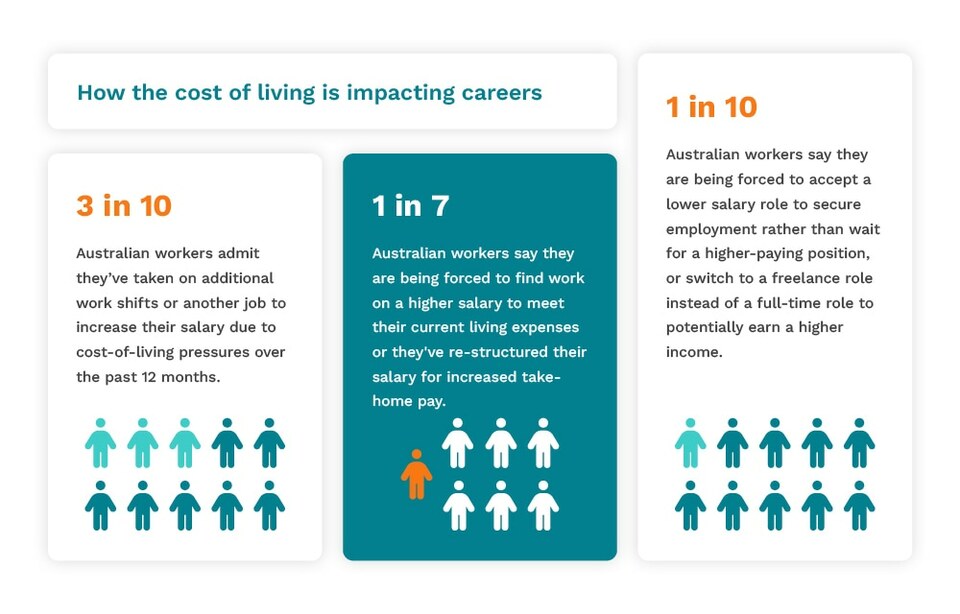Financial wellbeing in the workplace: How employers can support staff through the cost-of-living crisis
The cost-of-living crisis is now a workplace issue
2025 has brought no relief to Australian workers feeling the pinch of rising costs. From rent and mortgages to groceries, utilities, and fuel, the financial squeeze is real. It's not just impacting how people live — it's directly affecting how they work.
According to Beyond the Paycheck: Cracking Australia’s Toughest Talent Challenges in 2025, 37% of employees say their employer hasn’t done enough to support them through the cost-of-living crisis. And it’s taking a toll: productivity, mental wellbeing, and loyalty are all suffering.
Financial stress doesn’t clock off when your employees clock in. When people are worried about making ends meet, their focus, energy, and performance all take a hit. That's why financial wellbeing needs to be a strategic priority for HR leaders in 2025.







Share